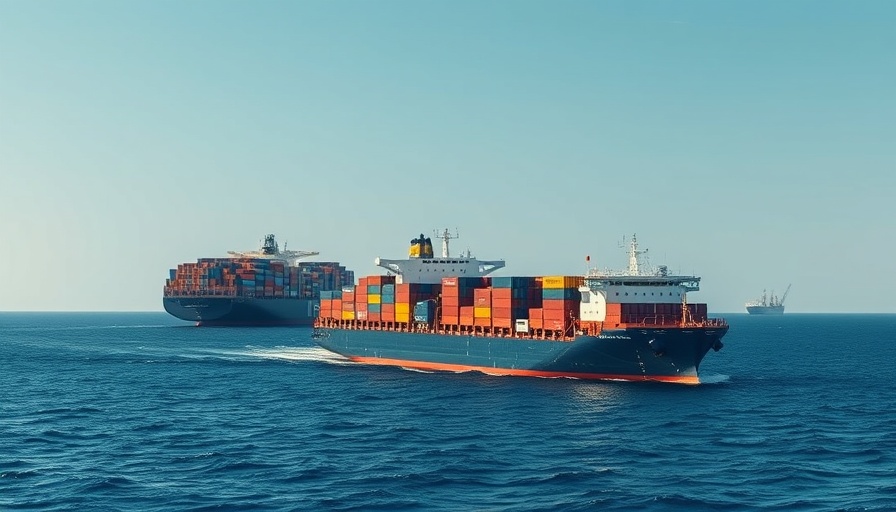
The Rise of Industrial Policy: What You Need to Know
In recent years, the landscape of industrial policy has undergone a dramatic transformation, shifting from a protective stance to one of proactive promotion. Government interventions such as subsidies, investment incentives, and regulation appear to be on a steep incline, reflecting a strategic pivot in how nations approach domestic industry. Since 2017, these policies have surged by about 390%, signaling an urgent response to evolving global trade dynamics, particularly underscored by the COVID-19 pandemic and rising geopolitical tensions.
Understanding Government Interventions: Insights and Implications
Executives and decision-makers must now grapple with the nuances of these governmental actions, as they can fundamentally reshape market access and influence operational viability. For instance, in 2023, subsidies for battery technologies accounted for nearly 30% of global battery revenues. Such figures illustrate the tangible impact of government financial incentives on competitive advantage and market positioning.
Strategizing in the Era of Industrial Policy
To thrive in this new industrial landscape, business leaders should integrate considerations of industrial policy into their strategic frameworks. This involves several key actions. First, a thorough audit of industrial-policy measures across different sectors and regions can uncover underutilized opportunities. Second, evaluating the durability of incentives allows for a more accurate assessment of their potential longevity and effectiveness. Finally, benchmarking these measures against competitors provides insights into how government support can affect market competition and pave the way for innovation.
The Role of Fiscal and Financial Incentives
Debates around industrial policy often focus on two primary forms of intervention: fiscal and financial incentives. Fiscal incentives provide tax advantages for specific sectors, thereby encouraging investments and growth in strategic industries. Meanwhile, financial incentives—such as grants and loans—play a crucial role in subsidizing the cost of doing business, which can be particularly vital for emerging technologies. These tools not only help stabilize domestic markets but also position businesses to seize opportunities for expansion both locally and internationally.
Anticipating Future Trends: A Path Forward
Given the scale of recent interventions and the ongoing geopolitical landscape, it is critical for businesses to anticipate future trends in industrial policy. As governments worldwide adapt their strategies to foster innovation and competitiveness, the focus will likely remain on high-value sectors like defense, semiconductors, and technology innovations. Business leaders who proactively engage with these developments will significantly enhance their chances of not only navigating challenges but also capitalizing on emerging market opportunities.
Conclusion: Making Informed Decisions
As the dynamics of global trade continue to evolve, understanding and leveraging industrial policies becomes crucial for sustained growth and competitive advantage. By aligning their strategies with these governmental measures, businesses can mitigate risks associated with capital investments and promote innovative solutions in response to ever-shifting market conditions. Embracing this approach can pave the way for stronger market presences and greater operational resilience, ultimately leading to better returns on investment.
 Add Row
Add Row  Add
Add 




Write A Comment